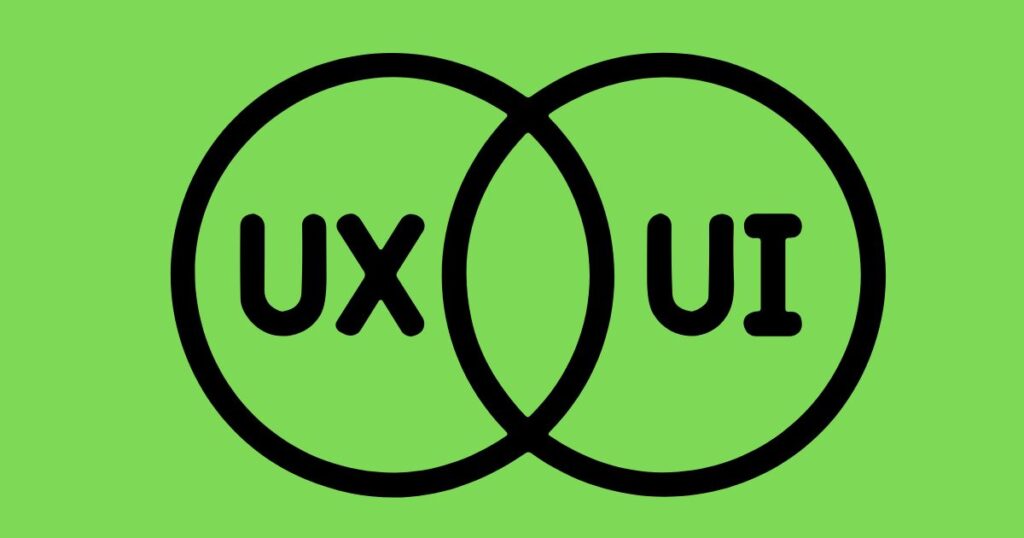
As businesses and designers move toward a more sustainable future, the importance of incorporating eco-friendly principles into digital products is becoming increasingly recognized. Green UI/UX design focuses on creating aesthetically pleasing user interfaces that minimize digital interaction’s environmental impact. From energy-efficient coding to eco-conscious design elements, sustainability is at the heart of this design movement.
What is Green UI/UX?
Green UI/UX refers to design practices that prioritize environmental sustainability. These practices reduce the energy consumption of websites and applications, promote sustainable behaviors, and use eco-friendly design elements. By integrating sustainability into UI/UX, Digital Marketing Agencies, and online marketing companies can create products that not only enhance user experience but also contribute to a greener planet.
Key Principles of Green UI/UX Design
- Energy Efficiency in Design
Energy consumption can be minimized by optimizing the efficiency of user interfaces. Clean, minimalist designs, compressed media, and optimized coding reduce the energy required to load and interact with digital products. This not only improves performance but also reduces the carbon footprint of each interaction, making it beneficial for businesses like UI/UX Design Agencies. - Eco-Friendly Color Palettes
Designers can adopt color schemes that reduce energy usage, such as dark mode, which consumes less power on OLED and AMOLED screens. Choosing energy-efficient color palettes can be an eco-conscious way to create visually appealing and sustainable designs. - Sustainable Typography and Fonts
By using web-safe, system-based fonts, designers can cut down on unnecessary downloads and energy consumption. Minimizing font variations and sizes streamlines performance, reduces load times, and enhances the efficiency of digital marketing efforts. - Reducing Digital Waste
Digital waste, such as unoptimized images or excessive ads, consumes unnecessary energy. Eliminating unused code and streamlining digital processes help reduce energy use, making a digital product more sustainable and improving the user experience. - Accessible and Inclusive Design
Sustainable design is also about inclusivity. Ensuring that websites and applications are accessible to all users reduces the need for resource-heavy redesigns. Accessibility features like alt text, clear navigation, and responsive design can enhance both user experience and energy efficiency. - Cloud-Based Solutions for Energy Efficiency
Using cloud-based solutions that operate on energy-efficient servers is another green design principle. Many cloud platforms use renewable energy, which helps reduce the environmental impact of digital marketing products. Designers in online marketing companies can leverage cloud computing to minimize their carbon footprint. - User-Centered Design for Sustainable Actions
Encouraging users to adopt sustainable behaviors—such as activating energy-saving features or deleting unnecessary data—can significantly reduce a digital product’s overall energy consumption. This user-centered approach aligns with sustainability and enhances the brand reputation of digital marketing agencies.
Benefits of Green UI/UX Design
- Environmental Impact
By reducing energy consumption and digital waste, green UI/UX design contributes to a more eco-friendly digital ecosystem. Best graphic designing practices that incorporate sustainability help companies create products that are beneficial to both users and the environment. - Improved User Experience
Streamlined interfaces and optimized performance lead to faster load times, better usability, and a more enjoyable experience. A user-friendly design can be energy-efficient while enhancing customer satisfaction. - Brand Reputation
Brands that adopt sustainable design practices can position themselves as leaders in eco-conscious efforts. For companies like digital marketing agencies, this can attract environmentally conscious customers and foster brand loyalty. - Cost Efficiency
Energy-efficient designs reduce server demands, data usage, and operational costs. Businesses benefit from lower operating expenses, while users experience better performance, creating a win-win situation for companies and their clients.
How to Implement Green UI/UX
- Audit Current Designs: Assess existing digital products to identify areas for energy optimization.
- Optimize Media: Compress media files to reduce data load and improve website performance.
- Minimize Code: Remove unnecessary code to enhance site speed and reduce energy consumption.
- Choose Energy-Efficient Hosting: Opt for hosting providers that use renewable energy sources.
- Educate Users: Implement features that encourage sustainable behaviors, such as dark mode or low-data modes.
- Continuous Improvement: Regularly update digital designs to align with the latest sustainable trends and technologies.
Future of Green UI/UX
As technology advances, the demand for sustainable design will increase. Innovations in renewable energy-powered data centers, eco-friendly hardware, and carbon-neutral coding practices are on the horizon. Digital Marketing Agency and UI/UX Design Firms that adopt these trends will lead the way in creating a greener, more sustainable digital future.
By embracing green UI/UX principles, businesses can contribute to a healthier planet while improving the quality of digital experiences for users. Sustainable design is not just a trend—it’s the future of digital innovation. The steps we take today will shape the path toward a more eco-friendly tomorrow.





